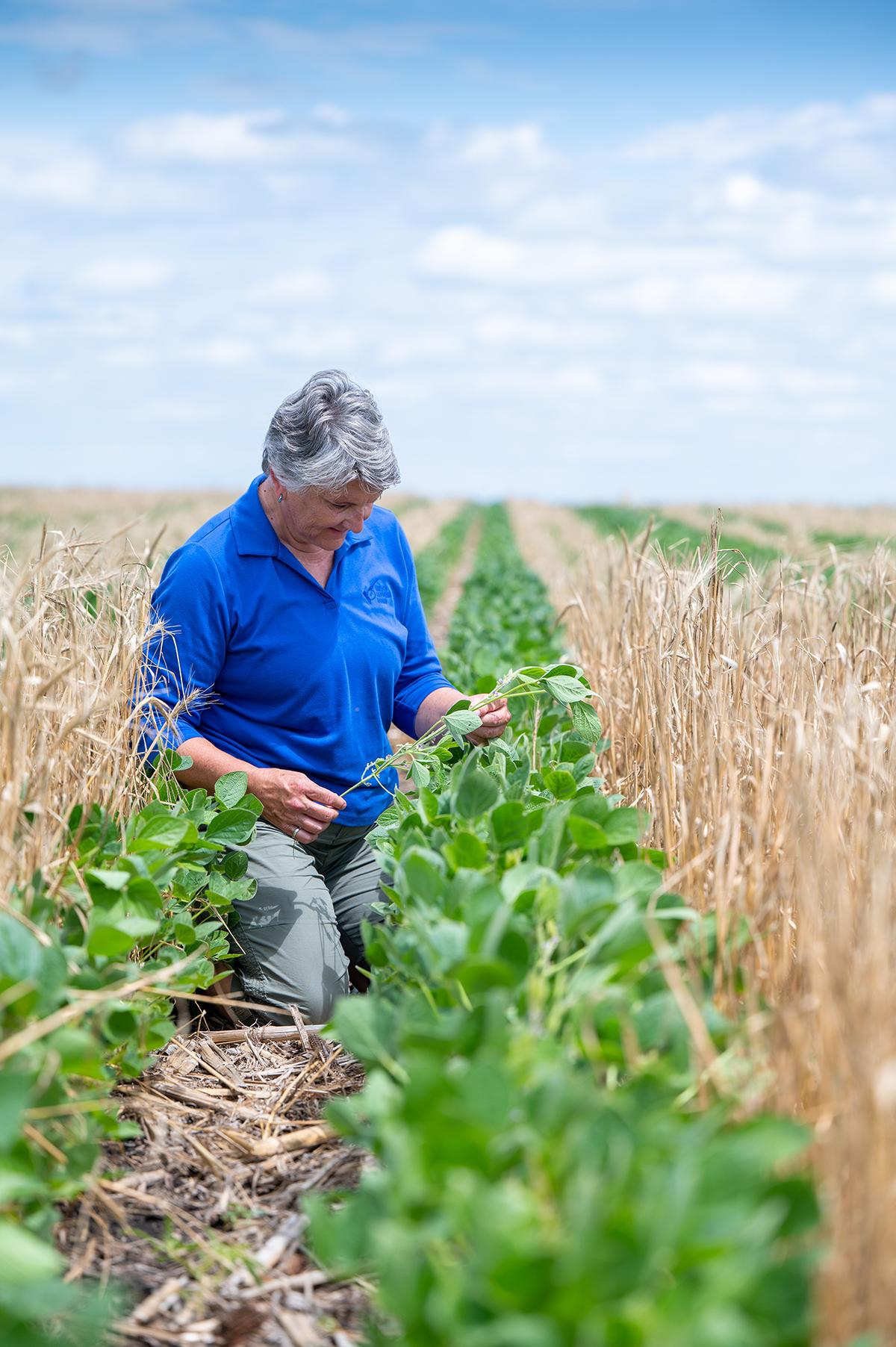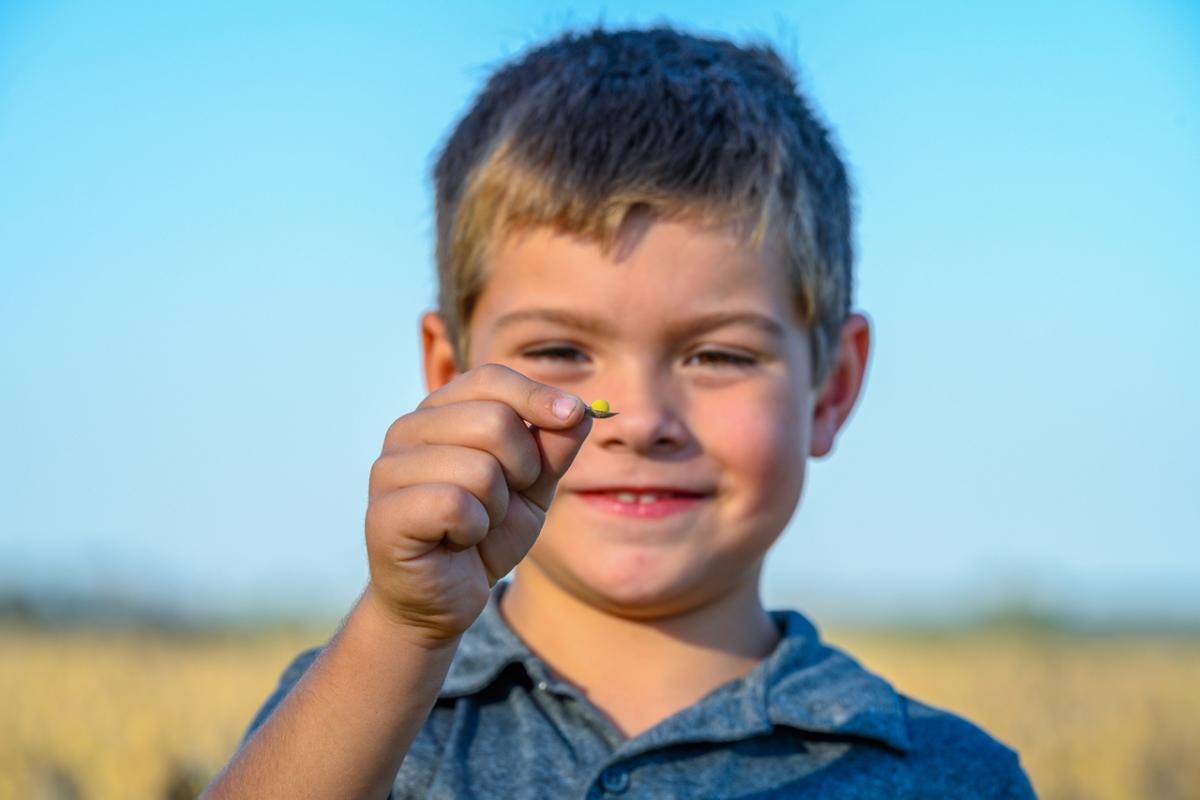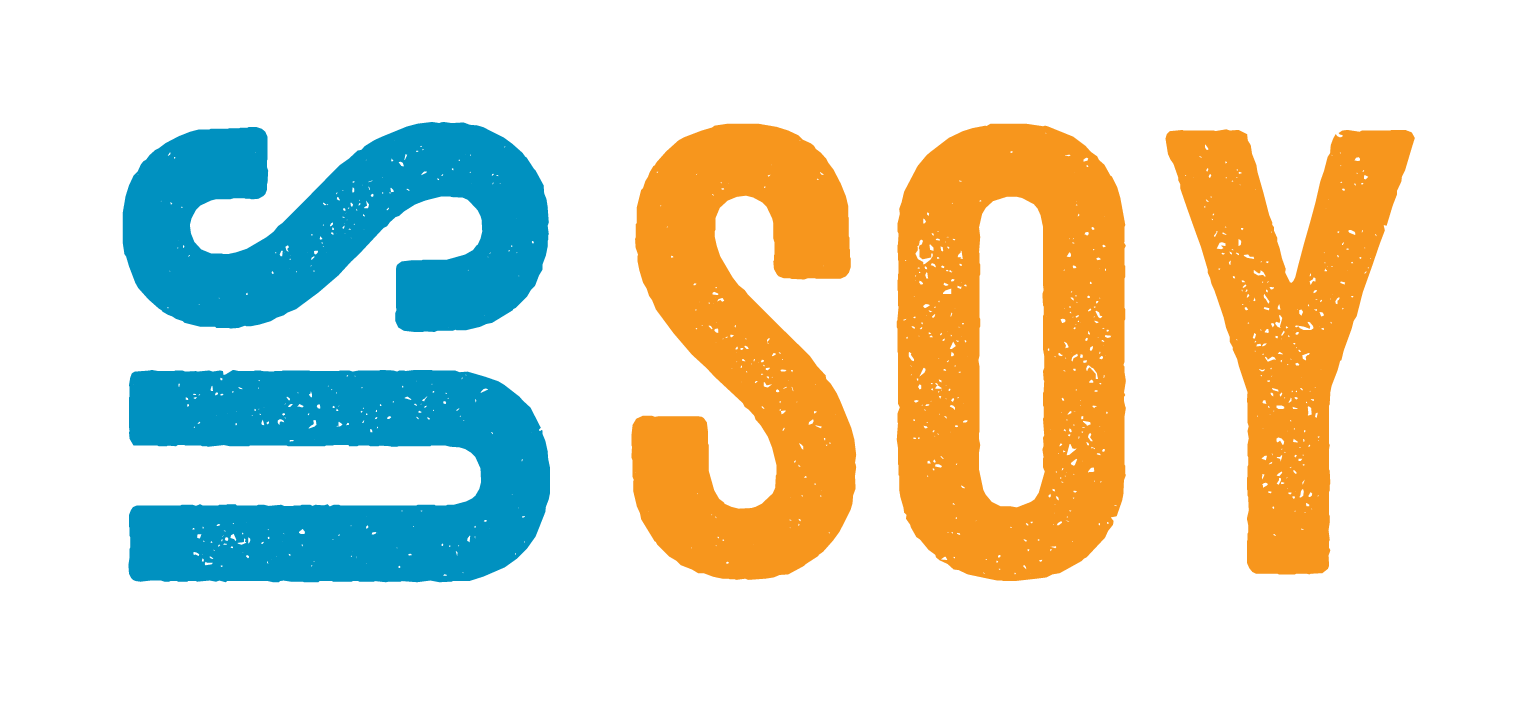United Soybean Board Releases 2021 Sustainability Overview Report
Summary Highlights U.S. Soy’s Ongoing Innovation and Commitment Throughout the Industry to Maximize Sustainability from the Farm to Food, Feed, Fuel and Other Non-Food Products
ST. LOUIS, March 29, 2022 /3BL Media/ – United Soybean Board (USB) today released its inaugural U.S. Soy Sustainability Overview, a report outlining key achievements and ongoing commitments to optimize sustainability throughout the soy value chain and extending to a wide range of other industries.
The U.S. Soy Sustainability Overview, developed by USB on behalf of U.S. soybean farmers, details the modern practices and advanced technologies deployed by farmers in recent years to conserve land, water, energy and other natural resources. With the U.S. Soy industry setting goals by 2025 to reduce land use, soil erosion and greenhouse gas emissions, while increasing energy efficiency, significant progress has also been made in the past four decades Between 1980 and 2020, conservation efforts by U.S. soybean farmers have improved:
- Land use efficiency by 48% per bushel
- Irrigation water use efficiency by 60% per bushel
- Energy use efficiency by 46% per bushel
- Greenhouse gas emissions efficiency by 43% per bushel
- Soil conservation by 34% per acre
- Soy production by 130%, using roughly the same amount of land
“With the world demanding sustainably-sourced food, feed, fuel and thousands of other non-food products, we know that U.S. Soy plays an outsized role in delivering solutions in the U.S. and across the globe,” said Polly Ruhland, Chief Executive Officer of United Soybean Board. “Continuously improving is at the heart of our work in optimizing sustainability throughout the value chain. Our soybean farmers are committed to sharing the progress we have made and how we’re looking ahead to contribute in solving some of society’s biggest challenges such as food security and sustainable energy.”
U.S. farmers realize these gains by employing a range of sustainability best practices, including cover crops, crop rotation and conservation tillage, to maximize yields while also capturing carbon from the atmosphere and conserving soil, water and other precious natural resources. Advances in technology, such as precision farming equipment and drones, also support more sustainable farming.
These efforts advance United Nations (UN) Sustainable Development Goals (SDGs), which provide a shared blueprint for peace and prosperity for people and the planet, now and into the future. U.S. Soy initiatives directly support SDG Goal 2: Zero Hunger and intersect with other goals such as Clean Water and Sanitation, Responsible Consumption and Production, Climate Action, Life on Land, and Partnership.
“When my father started farming in the ‘60s, 30-bushel-an-acre soybeans was a good yield. When I started in the ‘90s, it was 45,” said Tim Bardole, an Iowa soybean farmer and United Soybean Board Director. “Today, if we don’t grow 70-bushel-an-acre soybeans, it’s considered a disappointment. To me, that proves sustainability. If we are damaging the land, it would not produce the way it does, all while implementing practices like no-till to strengthen our soil’s resiliency, preventing runoff and erosion.”
Looking beyond the farm, USB spurs innovation to develop new uses for soy’s meal and oil components, in many cases advancing solutions that provide renewable and more climate-friendly alternatives to fossil fuels and carcinogens. For example, USB fostered advances in biodiesel, which uses soy oil to provide fuel that has the potential to reduce greenhouse emissions by up to 86% compared with petroleum diesel. Additionally, U.S. Soy is increasingly used as a sustainable alternative to chemicals found in plastic, paints and adhesives and helps support 4.6 million American biobased jobs, according to a 2019 U.S. Department of Agriculture (USDA) report.
The U.S. Soy Sustainability Overview highlights climate-smart farming practices stimulating results, shares the stories of farmers across the country like Bardole who have driven dramatic improvements simultaneously in sustainability and productivity, and establishes a benchmark for U.S. Soy, setting the foundation for broader measurement and reporting in the years ahead. For regular updates about U.S. Soy sustainability, please visit www.ussoy.org.
###
About U.S. Soy
Representing the positive global human impact of soy grown in the United States, the U.S. Soy brand exists to carry forward soy’s promise to transform global nutrition, provide climate-forward solutions, and support progress for people and their communities. U.S. Soy is powered by the innovation of the industry; the unsurpassed quality, reliability, and sustainability of the soybeans grown by our farming families who invest through checkoff dollars; and the commitment of the organizations that raise awareness, build demand, develop new markets, and discover new uses for soy and soy products. U.S. Soy envisions a world where soy is a fundamental ingredient in solving the broad challenges of humanity. To learn more about U.S. Soy visit ussoy.org.
About United Soybean Board (USB)
United Soybean Board’s 78 volunteer farmer-leaders work on behalf of all U.S. soybean farmers to achieve maximum value for their soy checkoff investments. These volunteers create value by investing in research, education and promotion with the vision to deliver sustainable soy solutions to every life, every day across the three priority areas of Infrastructure & Connectivity, Health & Nutrition, and Innovation & Technology. As stipulated in the federal Soybean Promotion, Research and Consumer Information Act, the USDA Agricultural Marketing Service has oversight responsibilities for USB and the soy checkoff. For more information on the United Soybean Board, visit unitedsoybean.org.




